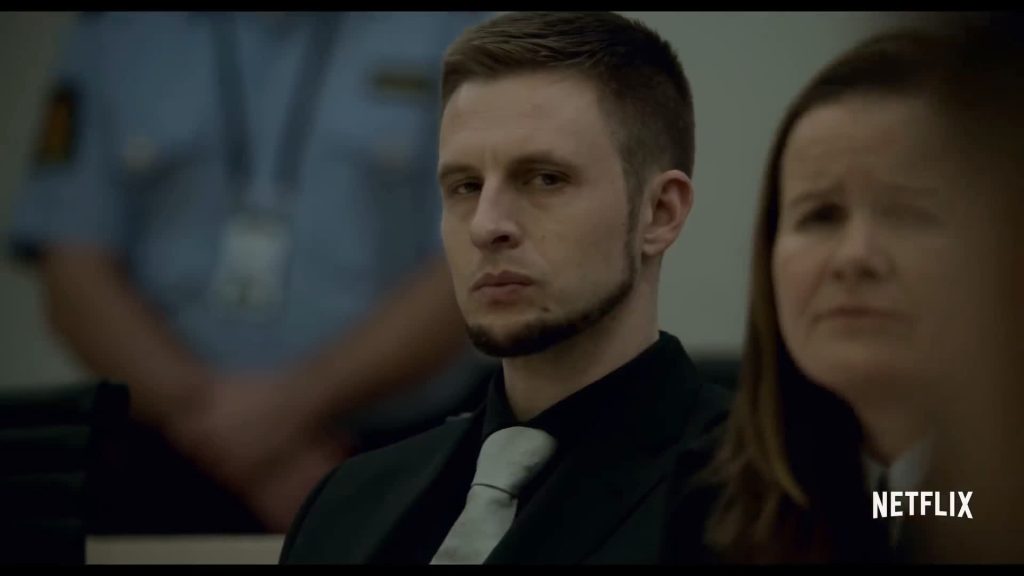On July 22, 2011, a far-right extremist detonated a car bomb in Oslo, followed by a mass shooting at a youth leadership training camp that left 77 people dead and shocked the world with what the media dubbed the “Utøya tragedy. The film “22 July” tells the story of this horrific terrorist attack.
The film was directed and shot by the famous director Paul Greengrass, who had previously made several classic films, including “Captain Phillips” starring Tom Hanks and “Spy Kids 3” starring Matt Damon. For the director, “July 22” is a very realistic film with a real-life backdrop of events, which makes the power and meaning behind the film even more unique.
The film adopts a multi-line narrative, with the psychological thread of the terrorist, the perpetrator, forming one of the threads that drives the story, and the confrontation and healing process of the victim and his family forming another important thread that underlines the inner emotions of the story, the two threads work together to show the dark side of the perpetrator’s coldness, ruthlessness and paranoia from his point of view, and through the contrast, the pain and suffering faced by the victim. The contrast brings out the pain and the damage caused by the PTSD.

For the director, the emotions of the victims’ family are only a microcosm of the wounds of a country. The story uses specific and subtle people and events to reflect the trauma and pain of the whole country in the face of terrorism, and the two main threads are switched and compared in a montage technique, making the emotions of the whole film move between shock and sympathy. The strong human contrast creates a great dramatic tension, giving the real audience an immersive experience and shock.
In contrast to the documentary style of filming, director Paul Greengrass uses a combination of drama and realism, using his usual handheld photography and fast editing techniques to their fullest extent. The film’s images are calm, restrained and depressing, and the relationship between the characters and the story is more realistic and three-dimensional when the camera shakes, so that when disaster strikes and descends, the audience can be quickly brought into the director’s pre-determined atmosphere, coupled with the switching of camera angles and fast-edited images, making the bloody scenes of shooting seem chilling.
In the whole film, the director did not choose to hide and avoid the slightest, but used the camera to show the process of violence nakedly in front of the audience, calm and cold, and behind the cold and pain, only to reveal the real reality worthy of people to think about, as a community of human interests, how to properly deal with extreme people and ideas, to maintain a balanced state in the handling of the harm suffered by the people The director’s work behind the real-life story
The restraint and reflection behind the director’s realistic story is what the film ultimately needs to explore. At the end of the film, the perpetrators are punished by the law, but the eternal pain remains in the soul of the country and the victims.
